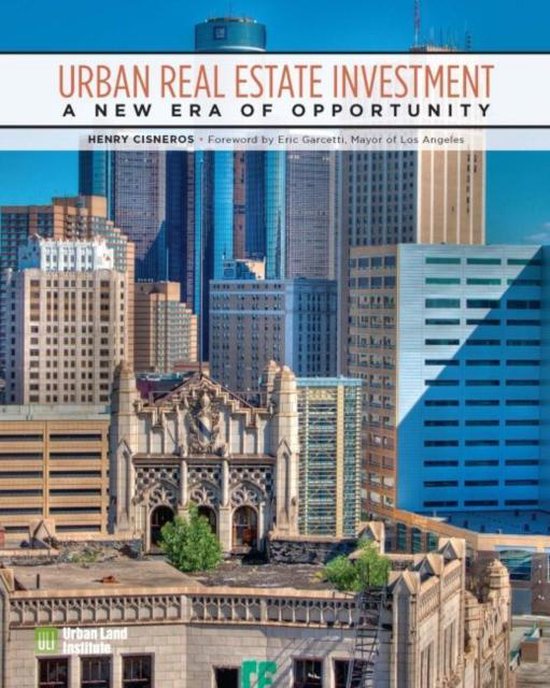The Urban Real Estate Investment Landscape: Decoding the Top Challenges

Urban real estate investment is an attractive option for many investors, with the potential for lucrative returns in thriving cities. However, this space is not without its unique set of challenges. As cities continue to grow and evolve, investors must navigate complex issues that can either make or break their investments. In this article, we’ll explore some of the most significant hurdles facing urban real estate investors and discuss strategies for overcoming them.
Navigating Regulatory Environments: A Minefield of Complexity
One of the top challenges facing urban real estate investors is navigating the intricate web of regulations and laws that govern property development and ownership. Zoning laws, building codes, and environmental regulations can be daunting, and failure to comply can result in costly fines and delays. To mitigate this risk, investors should work closely with experienced local partners who understand the regulatory landscape and can provide guidance on compliance.
Managing Risk in Volatile Markets
Urban real estate markets can be notoriously volatile, with fluctuations in demand and supply driving up or down property values. Investors must be prepared to adapt to changing market conditions, which can be challenging, especially for those without a deep understanding of the local market. Diversifying one’s portfolio, staying informed about market trends, and maintaining a long-term perspective can help investors ride out market fluctuations.
The Affordability Conundrum: Balancing Profit and Social Responsibility
As urban areas become increasingly gentrified, investors are faced with a delicate balancing act between generating profits and addressing social concerns. With rising property values and rents, low-income residents are often priced out of their own neighborhoods. To address this issue, investors can explore innovative strategies, such as community land trusts, inclusionary zoning, and affordable housing initiatives.
Sustainability: The New Paradigm for Urban Development
With growing concerns about climate change and environmental sustainability, urban real estate investors are under increasing pressure to incorporate green building practices and sustainable design principles into their projects. While this can be a costly upfront investment, it can also provide a competitive edge in the market and contribute to the well-being of urban residents. By prioritizing sustainability, investors can not only reduce their environmental footprint but also create more desirable and livable spaces.
Plugging the Infrastructure Gap: Connecting People and Places
As cities continue to grow and expand, their infrastructure is often stretched to the breaking point. Urban real estate investors must contend with inadequate transportation systems, insufficient public amenities, and aging utility infrastructure. To fill this gap, investors can explore public-private partnerships, community development projects, and innovative financing solutions that promote infrastructure development and improve urban livability.
Cybersecurity in the Age of Smart Cities
Finally, with the advent of smart cities and the increasing reliance on technology in urban development, cybersecurity is emerging as a top concern for urban real estate investors. As buildings become more connected and reliant on digital systems, the risk of cyber threats and data breaches grows. To mitigate this risk, investors should prioritize robust cybersecurity measures, work with experienced technology partners, and stay informed about emerging threats.
Conclusion
Urban real estate investment offers many opportunities for growth and returns, but it also comes with a unique set of challenges. By understanding these challenges and developing strategies to overcome them, investors can navigate the complexities of the urban real estate landscape and create thriving, sustainable, and livable spaces that benefit both people and the planet.





